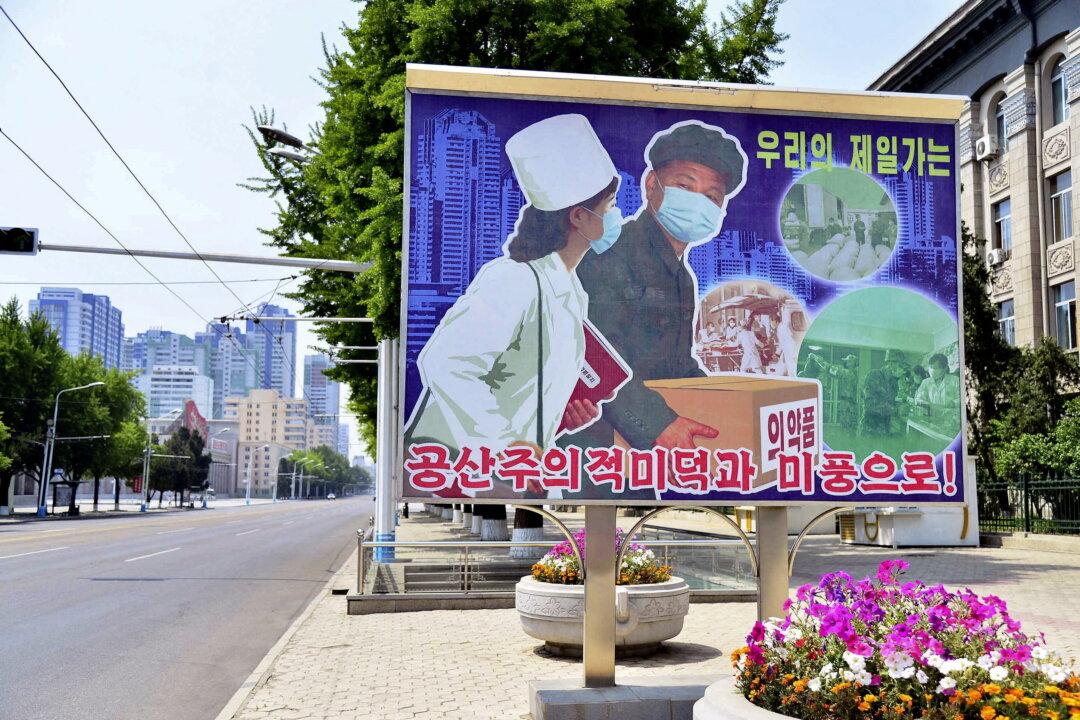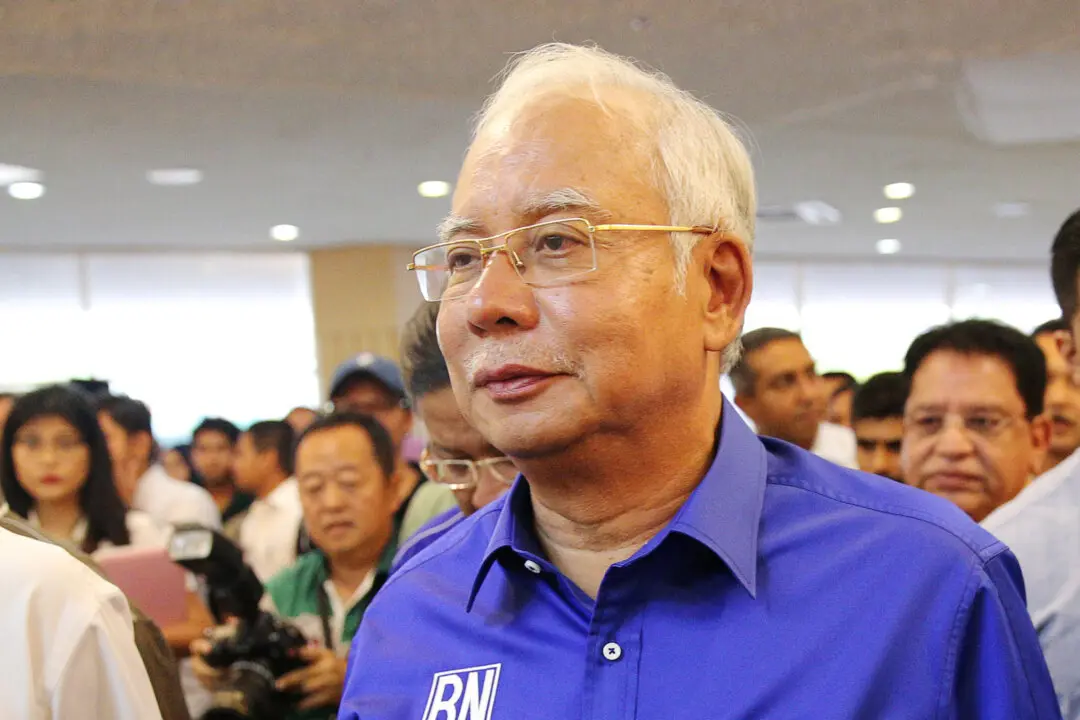SEOUL—North Korea reported an outbreak of an unidentified intestinal epidemic in a farming region on Thursday, putting further strain on the isolated country as it battles chronic food shortages and a wave of COVID-19 infections.
Leader Kim Jong Un sent medicines to the western port city of Haeju on Wednesday to help patients suffering from the “acute enteric epidemic,” state news agency KCNA said, without giving the number affected or identifying the disease.





